Welcome to another edition of THAT’S METAL!, in which I collect images, videos, and occasional news items that I think are metal, even though they’re not metal music. Today I have eight items for you.
ITEM ONE
November 11 is Armistice Day in the UK, commemorating the end of hostilities on the Western Front during World War I — a war that sacrificed an entire generation of young men throughout Europe, with more than 9 million soldiers killed (as well as 7 million civilians). This year, Armistice Day is being remembered in London in a way that’s both visually spectacular and entirely appropriate to the slaughter that the armistice officially ended.
Beginning in July and steadily continuing into this month, red ceramic poppies have been placed on and around the Tower of London, with each poppy representing a British or Commonwealth soldier killed in World War I. When the last poppy is installed on November 11, there will be 888,246 of them.
Each poppy was created by ceramic artist Paul Cummins. He conceived of the project after coming across a memento mori note at Chesterfield Library:
“Soldiers during the war were encouraged by their commanding officers to write these notes in case they were never to return back home. The note Cummins found read: The blood-swept lands and seas of red, where angels fear to tread. Although it was not signed (and perhaps that is appropriate) the first line of the short poem gave the artist the inspiration for the project.”
And so the name of this massive art installation is Blood Swept Lands and Seas of Red. The poppies have been arranged so that they seem to be flowing like a sea of blood from the wall of the Tower into the surrounding moat. A lake of ceramic blood in remembrance of death on a massive scale — that’s metal, even if the slaughter it commemorates isn’t.
The poppies are being sold to the public, with more than 400,000 orders placed so far. After November 11 they will be removed from the Tower area and sent to buyers, with the proceeds to be given to charitable organizations dedicated to supporting ex-service men and women.
More photos of this stunning installation can be viewed here and here. Below is a short video of the installation filmed from a Metropolitan Police helicopter.
ITEM TWO
While on the subject of aerial videos (how’s that for a transition!), the next item is a video created by attaching a Sony Action Cam Mini to the back of a white-tailed eagle as it flew over the streets of Paris on September 28, 2014. The eagle was released from the top of the Eiffel Tower, and the flight ended in the Trocadero Gardens.
The white-tailed eagle has been extinct in France for over 50 years. Apart from the obvious commercial purposes of the video, the note at YouTube states: “The event was a collaboration with non-profit organisation FREEDOM, whose objective is to re-introduce the white-tailed eagle into its natural habitat in the French and Swiss Alps.” This is stunning:
Photo credit: FRANCOIS-XAVIER DE RUYDTS / SPECIAL TO THE SEATTLE TIMES
ITEM THREE
Now we’ll move from the heights to the depths (how’s that for a transition!) — though we’re actually still pretty damned high.
The photo above shows the interior of an ice cave that lies below the 14,411-foot-high summit of Mount Rainier in the State of Washington. The expedition that led to this photo and others I’ve embedded below was organized by a man named Bill Lokey, who first visited and mapped the caves more than 40 years ago. He returned this past August with a team of scientists and other experts. The story of what the team had to go through to reach the summit and find their way into the caves — including being pummeled by a lightning storm and gale-force winds — is hair-raising. And the photos are amazing.
Here’s an explanation of how the caves were formed, from an extensive feature on the expedition in The Seattle Times, which is worth reading in full:
“The caves form as heat rises from the volcano’s depths and melts the base of the ice cap that fills Rainier’s twin craters. More than 5,000 climbers trudge across those craters every year to tag the highest crest in the Cascade Mountains. Few have any inkling what lies beneath their feet.”
Photo credit: FRANCOIS-XAVIER DE RUYDTS / SPECIAL TO THE SEATTLE TIMES
Photo credit: FRANCOIS-XAVIER DE RUYDTS / SPECIAL TO THE SEATTLE TIMES
According to The Seattle Times article, scientists see the caves “as a natural laboratory to study microbes that flourish where most life withers.” “The combination of volcanic heat and gas, frigid water and icy soil is similar to conditions on Earth when the first living things appeared. It’s also what scientists expect on Mars and Jupiter’s moon Europa — two other places in the solar system that might harbor life.”
ITEM FOUR
Mount Rainier last erupted about 1,000 years ago, and as a resident of the Seattle area, I’d be really fuckin’ happy if it would wait another 1,000 years before erupting again. But volcanic eruptions are undeniably metal. This next video captures an explosion and shock wave from the Tavurvur volcano in Papua New Guinea, recorded on August 29,2014. The videographer, Phil McNamara, was on vacation at the time, and had the good fortune of filming the volcano from a passing boat just as the volcano erupted. This explanation accompanied the video at the National Geographic site where I first saw the video:
“Shock waves are different from sound waves. In this case, as you hear on the video, the volcanic eruption shock wave takes about 13 seconds to reach the camera microphone. Shock waves are strong pressure waves in the air that travel faster than sound, and their speed increases as amplitude is raised. But their intensity actually decreases faster than the intensity of a sound wave.”
ITEM FIVE
No THAT’S METAL! post would be complete without something creepy and/or disgusting from the natural world. In this case, I have a video (complete with melodramatic narrative) of Japanese honeybees roasting a Japanese giant hornet alive, by vibrating their bodies so furiously that they elevate the temperature surrounding the hornet past the limit of its ability to survive.
The video was obviously pirated from the National Geographic, so you’ll have to endure an ad within the video.
Photo credit: Lars Heiden/ STRI
ITEM SIX
Inga Geipel is a bat researcher and postdoctoral fellow at the Smithsonian’s Tropical Research Institute in Panama. The focus of her research is how bats use echolocation to approach prey in varying environments and their capacity to change their calls in response to changed surroundings.
She first records echolocation calls of captured fringe-lipped bats in an artificial flight cage and then releases the bats back into the forest in order to again record the calls of the same individuals in the wild and compare the recordings. The big problem, of course, was how to get the same bats she had released to come close enough to her microphones in the forest in order to record their sounds. Her solution to that conundrum is definitely metal — literally so.
In order to train the bats to return to the location of her microphones after setting them free, she got them to associate a specific sound with the prospect of food. In the artificial flight cage, she placed pieces of fish on top of a speaker that then broadcasted the mating call of the túngara frog, which is the natural prey of the fringe-lipped bat in the wild. She then gradually changed the sound from the frog’s mating call to… heavy metal music. By the end of one night of training in the cage, only the looping notes of the metal music (by the band Planks) is playing, and the bats have successfully associated that music with the idea of food.
She then plays the music from the speaker in the forest, and the bats she has trained return to it. Clever — and metal. Below is a very short video; more info about this project is available here.
By the way, I’ve written about Planks before, and unfortunately they announced about one week ago that they will be disbanding, though a final album will be released next year.
ITEM SEVEN
The photo above is of a German man named Jan Andersen taken before, and shortly after, he died of cancer in a Hamburg hospice. The photographer is Walter Schels. The photo is one of many such before-and-after portraits he has taken of people, from children to the elderly. The photos are accompanied by brief, poignant stories about the individuals. Below I’ve excerpted parts of the article I read about these photos, interspersed with more of the pictures. The entire article, with more portraits and stories about the deceased, can be accessed here. (Thanks to Christian Molenaar for making me aware of this.)
Photographer Walter Schels was terrified of death, so much so he refused to see his mother after she passed away. Upon entering his 70s, Schels finally decided to overcome his fear through a bold, bizarre project – photographing individuals before and directly after their death. The black and white portraits are a clinical confrontation with the the unknown, the proximity of the lens to subject unflinching and slightly macabre. Images are paired with startlingly frank accounts of the deceased right before their passing, each person dealing with the inevitable in their own way.
Schels and his partner Beat Lakotta began approaching potential individuals at hospices in Berlin and Hamburg, surprised to find few people said no. The pair were on constant alert, at times running out in the middle of the night to shoot before the undertaker would come. Though emotionally draining, Schels recognized that the series became an important epitaph to people before they actually died. With family and friends unable to cope with the looming truth, terminally ill patients often feel completely isolated.
“It’s so good you’re doing this”, Schels quoted a dying man to The Guardian, “No one else is listening to me, no one wants to hear or know what it’s really like.”
Schels is no longer terrified of death and now sees avoidance of the issue as a serious problem in contemporary society, people unable to be truly present for loved ones when they need them most. Life Before Death is an attempt to confront our worst fears and perhaps, to see those nearing the end in a more human light. When facing death, we all stop pretending.
“Everything that’s not real is stripped away,” he told The Guardian, “You’re the most real you’ll ever be, more than you’ve ever been before.”
Treacherous Urge by Steven Belledin (Planar Chaos)
ITEM EIGHT
I’ve never played Magic the Gathering, but I’ve occasionally used pieces of the artwork created for the cards in the daily art posts on the NCS Facebook page, without realizing that’s where the artwork came from. Yesterday, NCS supporter Utmu directed me to a feature at io9 that includes a lot of creepy images from the game. So I thought I’d close out this edition of THAT’S METAL! with some of my favorites from that collection.
As always, enjoy the rest of your fucking day.
Empty the Pits by Ryan Alexander Lee (Khans of Tarkir)
Vampiric Embrace by Thomas Baxa (Urza’s Saga)
Cranial Archive by Volkan Braga (Khans of Tarkir)
Wall of Limbs by Yeong-Hao Han (M15)

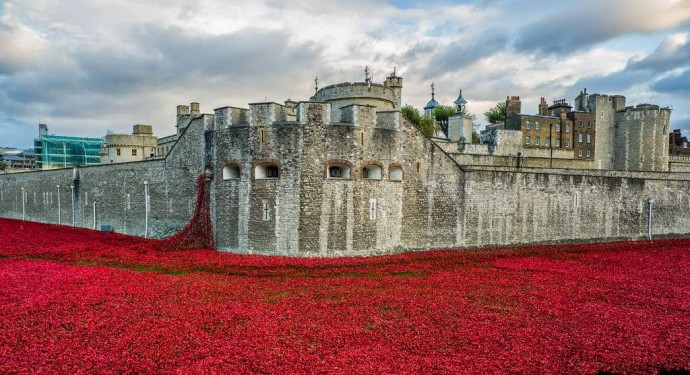
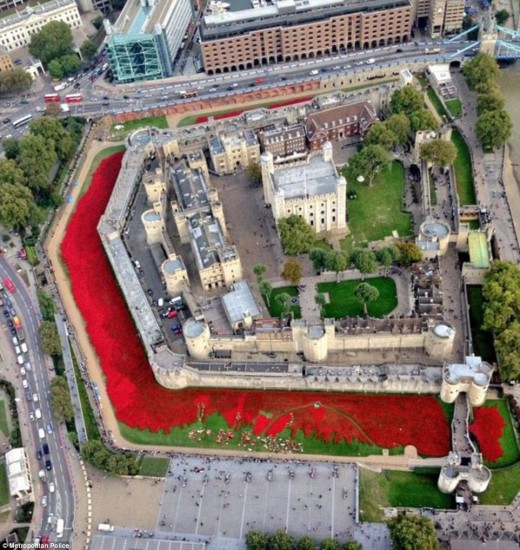
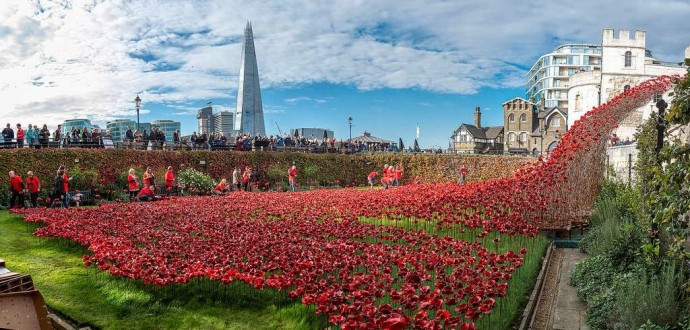
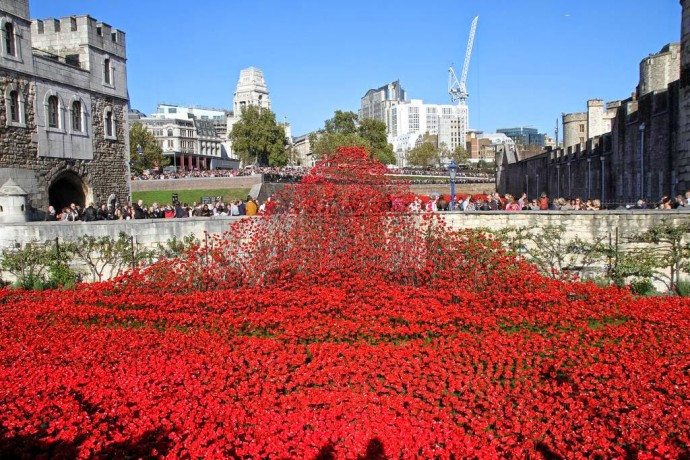
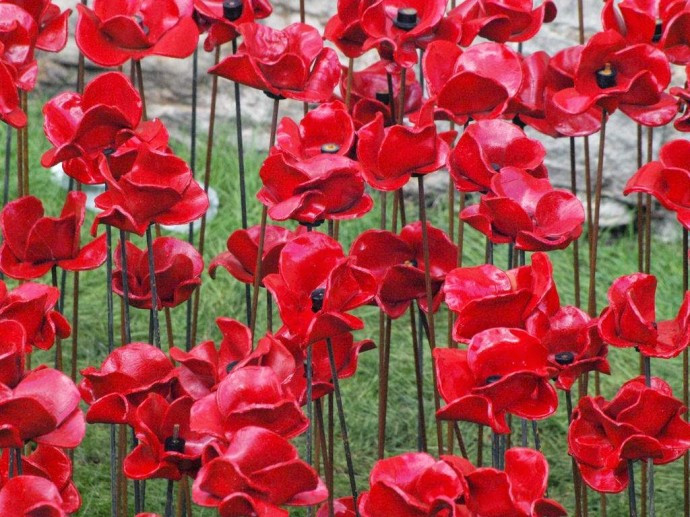
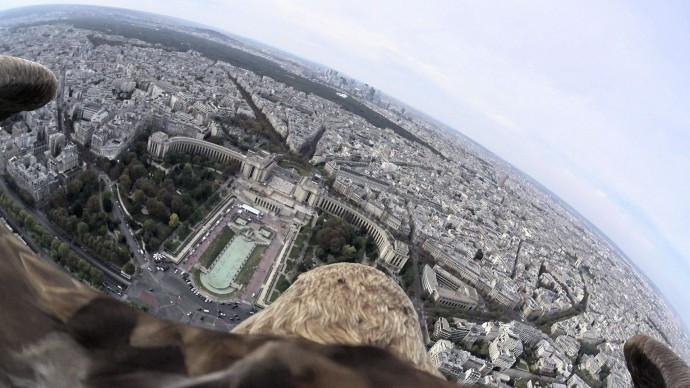
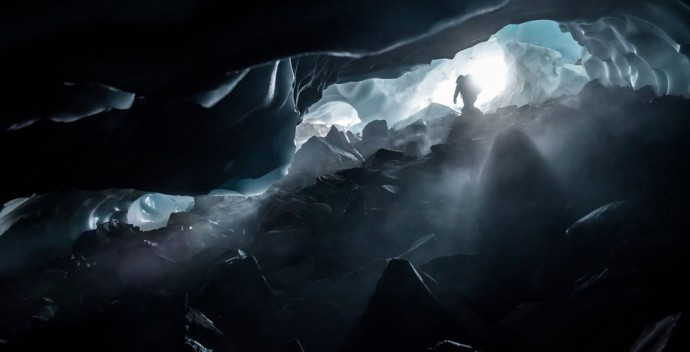
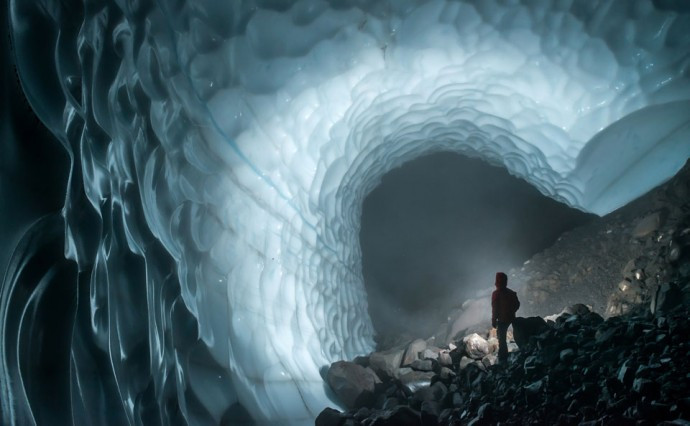
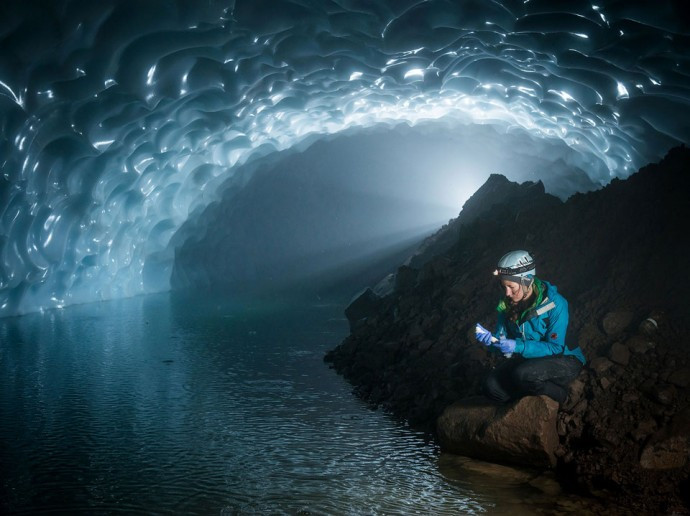
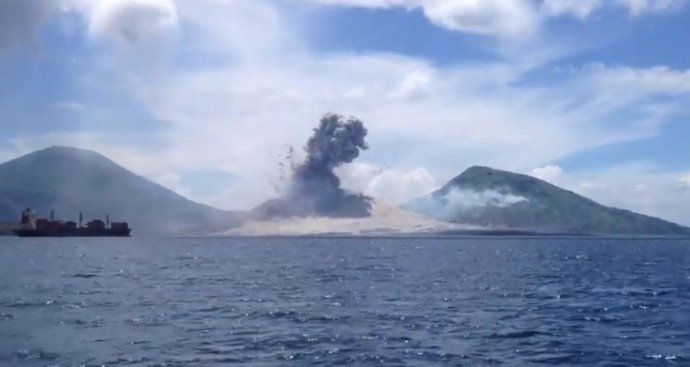
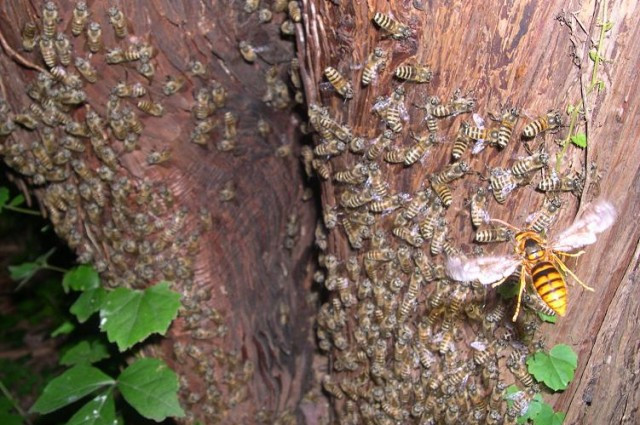
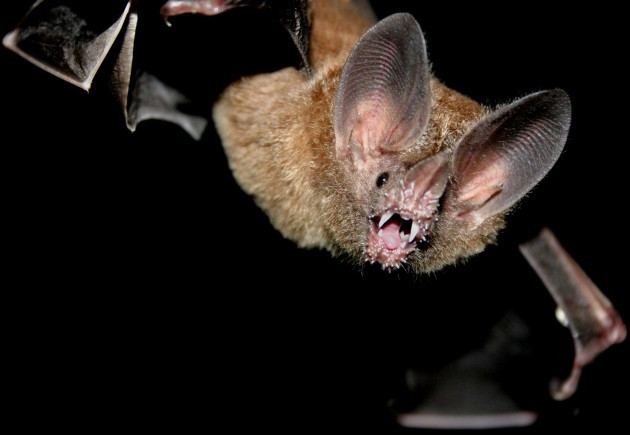




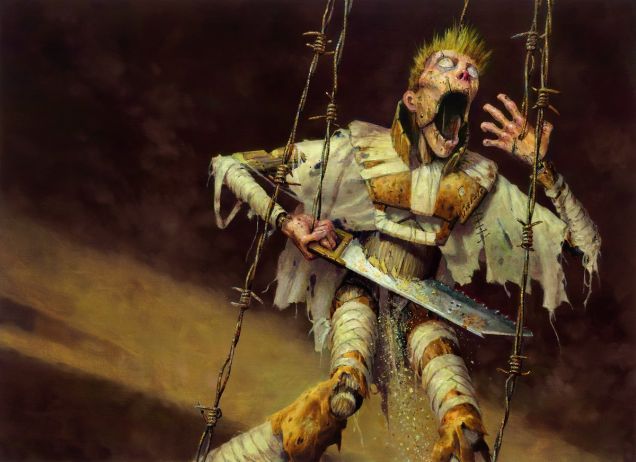
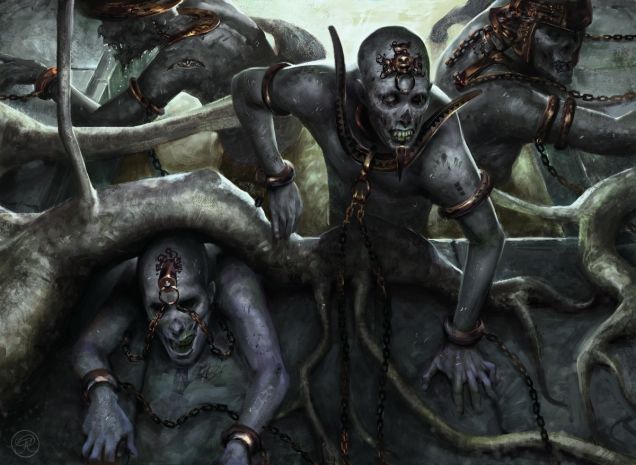
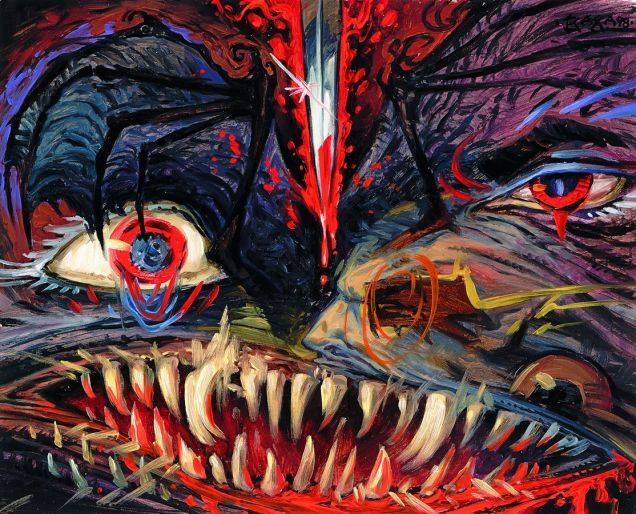

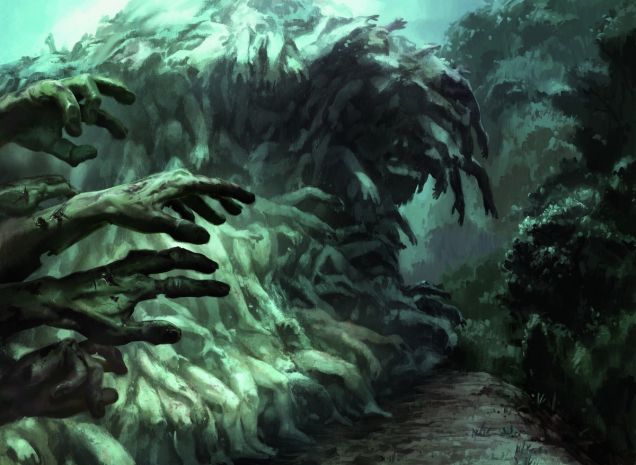
Good to see Magic The Gathering art get some love. You know how much I love magic, not just as a killer game, but for the art too!
Much of the artwork is indeed amazing, and though I’ve never played the game I know people who play every week and are super-serious about it.
That eagle video brought back a lot of memories of being in Paris with new friends. Also, as someone who is terrified of bees, that bee video had me cringing in fear for a bit of a while.
I’m more terrified of hornets and wasps, having been stung by both in the past, so I shed no tears over that big ugly one getting broiled by those industrious bees.
Have you ever seen the absolutely horrific video of the Japanese Hornets decimating a whole colony of honey bees? Its harrowing. At one point, bodies filling the field of vision, a hornet walks along, like some scene from a bug version of Terminator.
Yes — in fact I included that video in a previous edition of THAT’S METAL a long time ago. It was indeed horrible to watch. Nice to see the bees getting some payback.
I mean, all of those bee-like creatures terrify me. I tend not to discern between them when a yellow buzzing bug is coming at me – I flee on instinct.
The sea of poppies is really cool, a very pretty tribute.
I’ve seen another video similar to the Paris one where a cam was attached to an eagle, they’re so awesome : )
The ice caves are so beautiful, i would love to visit those!
watching the volcano video with earbuds really brings to life the impact of the sound wave : )
the Bee video is crazy, i had no idea they could do something like that!
Bats drawn to the sound of metal, that’s awesome!! : )
Schels’ photos are both creepy and beautiful, a very interesting project.
i love the “Treacherous Urge”, very cool : )
All this time I thought I was human… but now I realize I’m just a bat pavlovian conditioned to like metal….
OK then, I think it’s time that we release you into the wild.